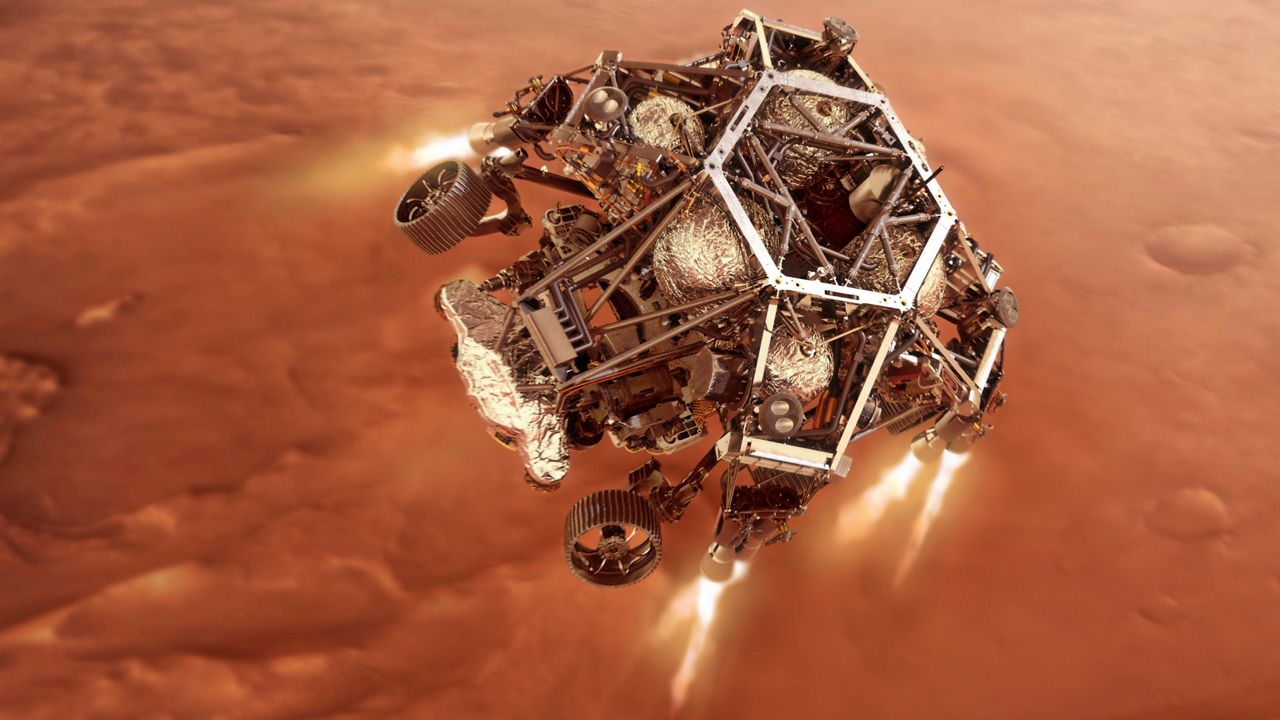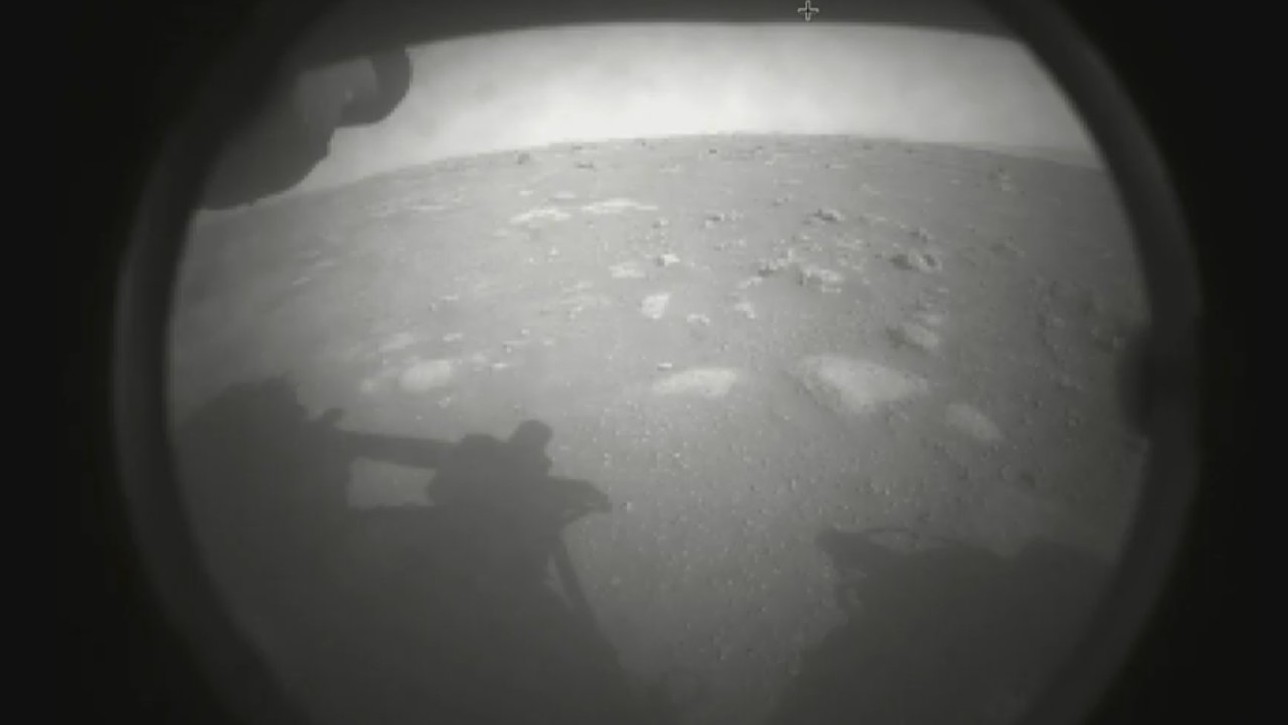Just moments before touching down on the Red Planet, Eric Ianson, NASA Planetary Science Division Deputy Director and Mars Exploration Program Director gave us an in-depth look at this historic mission.
What You Need To Know
- Mars Perseverance launched from the Space Coast in July 2020
- The final seven minutes of the journey were the most critical
- It will capture new information about the planet's soil and atmosphere
- Findings will help inform future missions to Mars
Perseverance is the first rover to land on Mars since Curiosity in 2012. Its journey to Mars began with a launch from our Space Coast in July 2020.
After seven months of space travel, it successfully landed on the Red Planet on Thursday afternoon.
The most critical part of its journey came within the final seven minutes of flight when it was traveling over 12,000 miles per hour.
Ianson told us this was known as the "seven minutes of terror." During this time, its protective shell heated up and thrusters kept it oriented correctly before a parachute deployed.
Additional thrusters were then used to slow down; finally, the rover lowered to the surface using a tether called a sky crane.

Perseverance has a lot of work to do once it gets settled in on its new planet.
"It will study the geology of the surface of Mars, it will characterize the Martian environment, it will search for signs of ancient Martian life, and it will assess the natural resources and hazards for potential human explorers to Mars," said Ianson.
Not only will Mars Perseverance be able to transmit back images of Mars, it will also be capturing sound.
"We're going to be able to hear the ambient noise of Mars. Because the Martian atmosphere is so much thinner than Earth's, what we hear might be different. For example, if we are drilling into a piece of rock, that drilling sound may be very different to us coming from Mars than it would here on Earth," Ianson said.
Ianson told us Perseverance isn't traveling alone. It has a companion helicopter known as Ingenuity.
"It will do an initial test flight and fly into the atmosphere, and it will do progressively more difficult, and more further and higher missions."
Flying a helicopter on another planet is new territory for NASA. Ianson said, "this is actually the first time we've done a powered flight on any other body other than Earth. Its going to be incredible and very challenging because of the much thinner Martian atmosphere."
The rover has instruments aboard that will identify and sample rock and soil for potential return to Earth by a future mission to Mars.

The discoveries made by Perseverance will be critical for future human missions to Mars, which NASA plans on doing by the 2030s according to Ianson.
An instrument on board will be sampling the Martian atmosphere to try to extract oxygen. "This way we'll be able to use that oxygen for propellant or possibly to breathe. It's kind of the stuff of science fiction where we're able to take the Martian atmosphere and we are making it breathable for humans."
This is what makes the Perseverance mission so exciting to Ianson.
"The dream scenario is that we find conclusive evidence that there is, or that there was, life on Mars. A discovery like this would be like no other, and it would really open up the possibility to if there is life in the universe, perhaps in our solar system."
He's confident that the mission will be a success. He assured, "we've got the best team in the world working on it."



